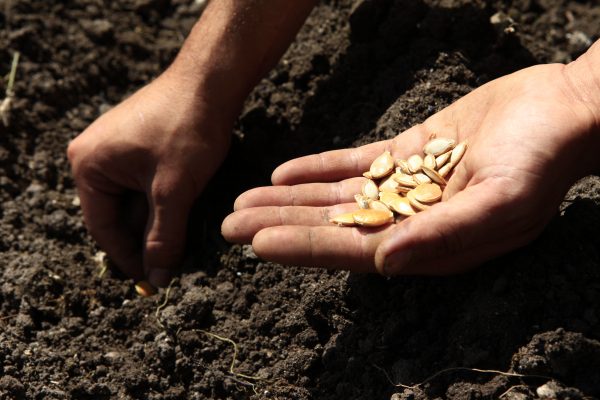Natura 2000 and how it helps our Honey bees

BeeRoots apiaries are located within and close to one of the most beautiful Natura 2000 protected areas in Bulgaria – White River. The White River area is perfect for rearing healthy and happy bees and is ideal for producing the very best honey.
The picturesque Byala Reka (White River) is graced with a wide range of vegetation, including sections of old-growth, mixed oak forest and other plant life. Greenery extends along the lush banks of the river and farmland makes up only a small proportion of the whole area. The waters of the river are not polluted and the shrubs are ideal for local wildlife – as well as for the BeeRoots bees.
Byala Reka is famed for its beauty and biodiversity. The area is home to 167 bird species and has global significance as a representative area for the Mediterranean Biome. BeeRoots is located in this area of natural preservation and biodiversity which allows us to keep healthy bees and produce honey in the most ideal of settings.
What is Natura 2000?
Natura 2000 is a network of protected area across the European Union which includes many different and diverse areas that are of special interest when it comes to conservation and habitat protection. Legislation to protect the most seriously threatened habitats and species across Europe was put in place in 1992 – to expand on and improve the Birds Directive adopted earlier, in 1979. From the Birds Directive and the Habitats Directive of 1992, the Natura 2000 network was formed.
Natura 2000 sites can vary considerably in character and appearance. Some sites are managed relatively intensively by humans, while others are somewhat wilder and less disturbed. The sites when considered collectively to represent an almost entirely complete picture of the EU’s terrestrial environment. While some sites offer better protection for biodiversity than others, it is clear that the management and measurement of biodiversity and conservation on these sites are invaluable to the cause of conservation and preservation across Europe.
Why are Natura 2000 sites good for bees?
The Natura 2000 network is intended to promote and conserve rare and endangered species and to encourage greater biodiversity. The more diverse a landscape – the more beneficial interactions that there are between its animal and plant species – the more resilient and strong that landscape will be.
The robustness of a biodiverse Natura 2000 site like the White River means that it is ideal for beekeeping. When bees can forage in an area replete with a variety of plant life, they will produce the very best honey. They will also have more resilient hives and be better able to cope with any problems that arise. The relatively low population density of the area means that human development is far less likely to threaten the bees.
BeeRoots’ location in and close to a Natura 2000 site is one of the things that makes the honey produced so special. That is why BeeRoots are so aware of the importance of making sure that these areas of preservation are protected and maintained.

One thought on "Natura 2000 and how it helps our Honey bees"
Leave a Reply
You must be logged in to post a comment.

Naturais a network of core breeding and resting sites for rare and threatened species, and some rare natural habitat types which are protected in their own right. It stretches across all 28 EU countries, both on land and at sea. The aim of the network is to ensure the long-term survival of Europe’s most valuable and threatened species and habitats, listed under both the Birds Directive and the Habitats Directive .